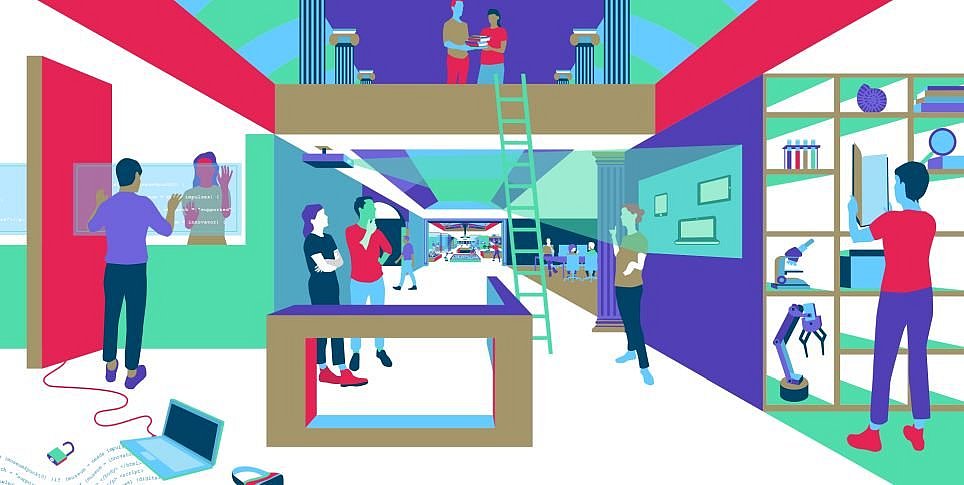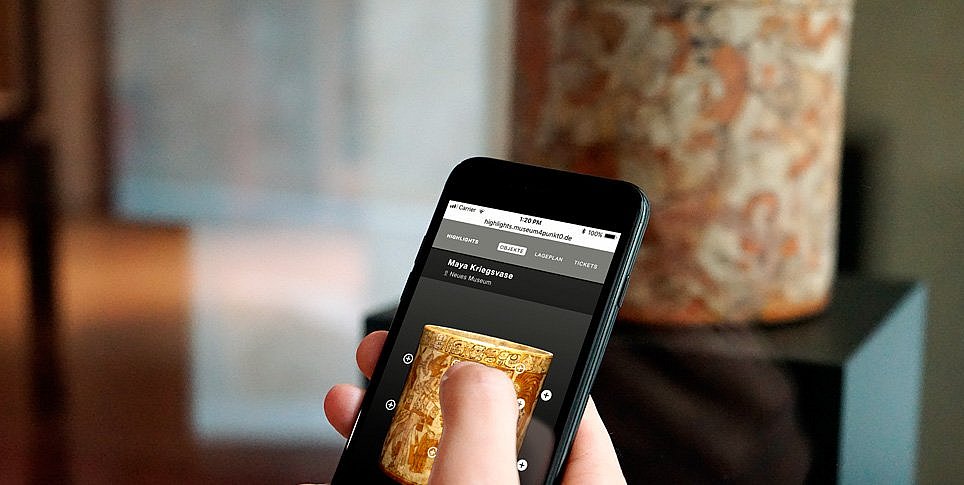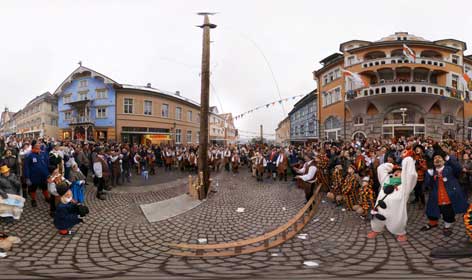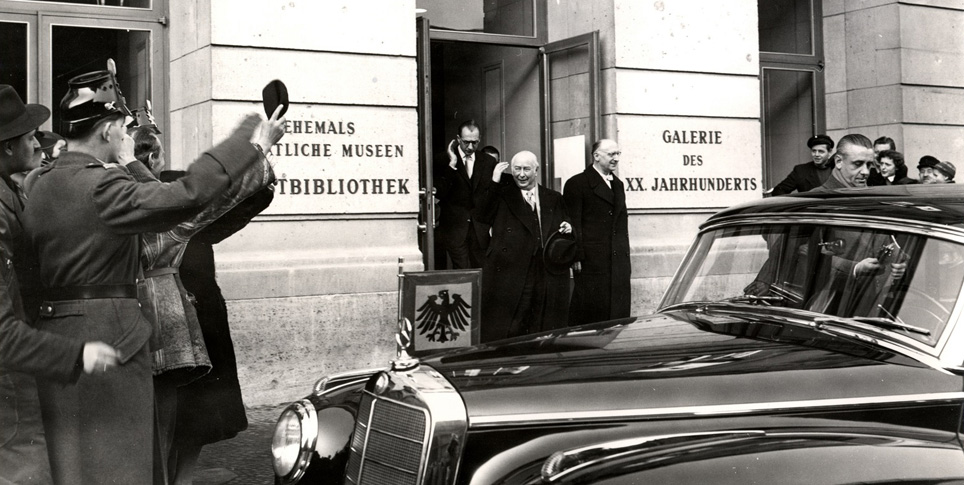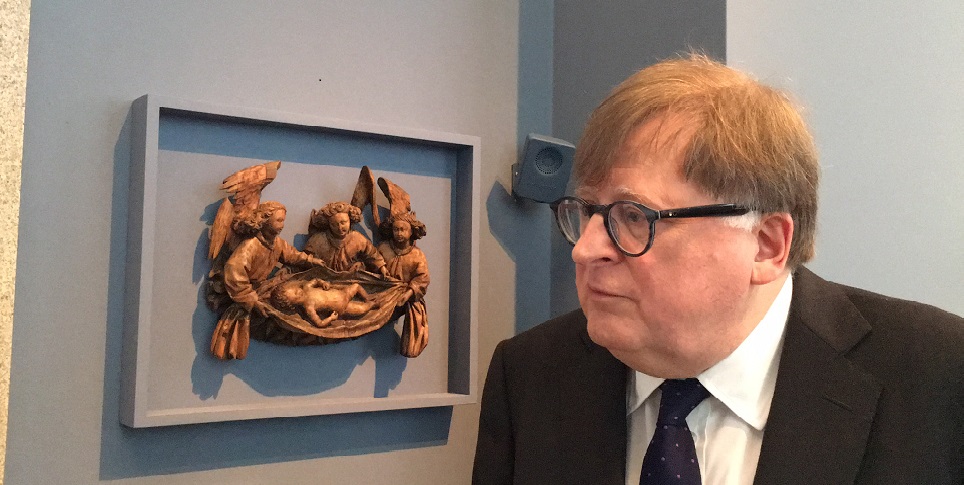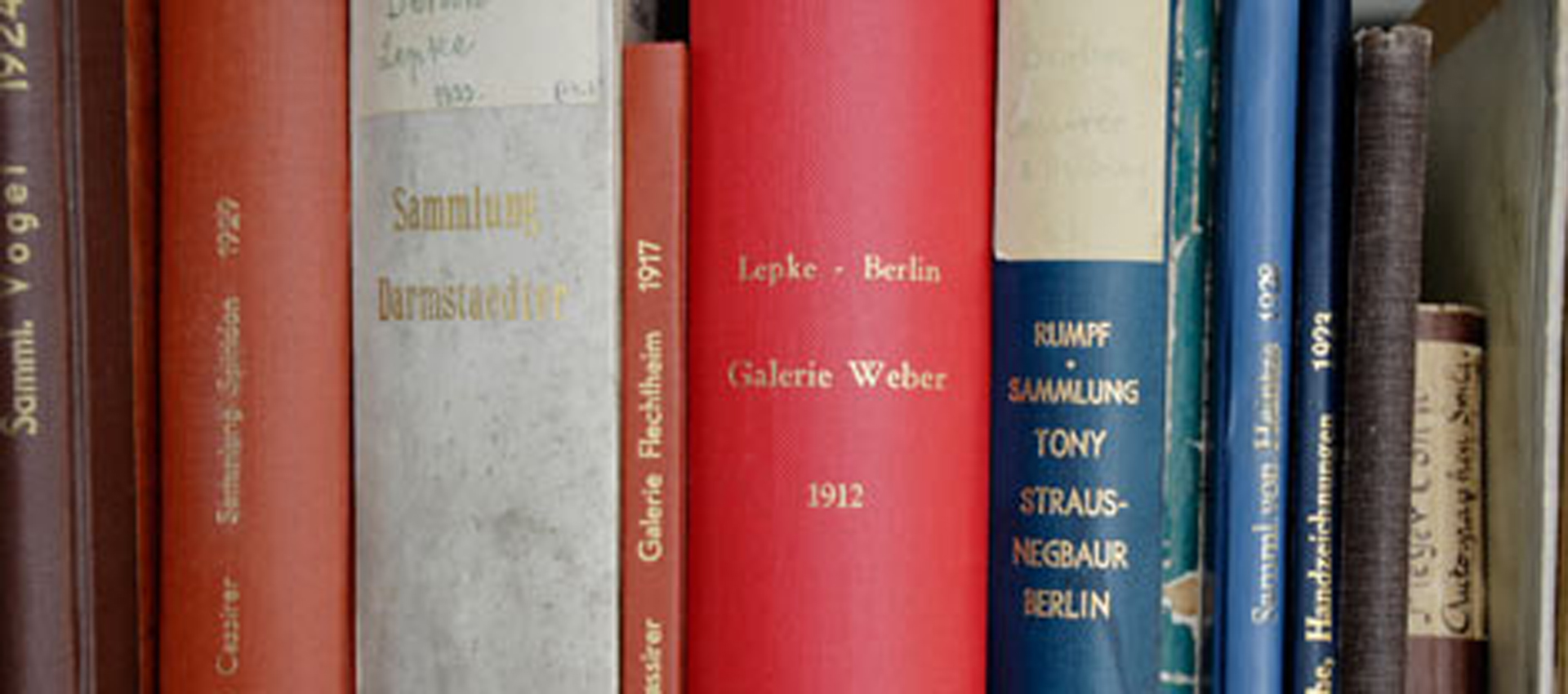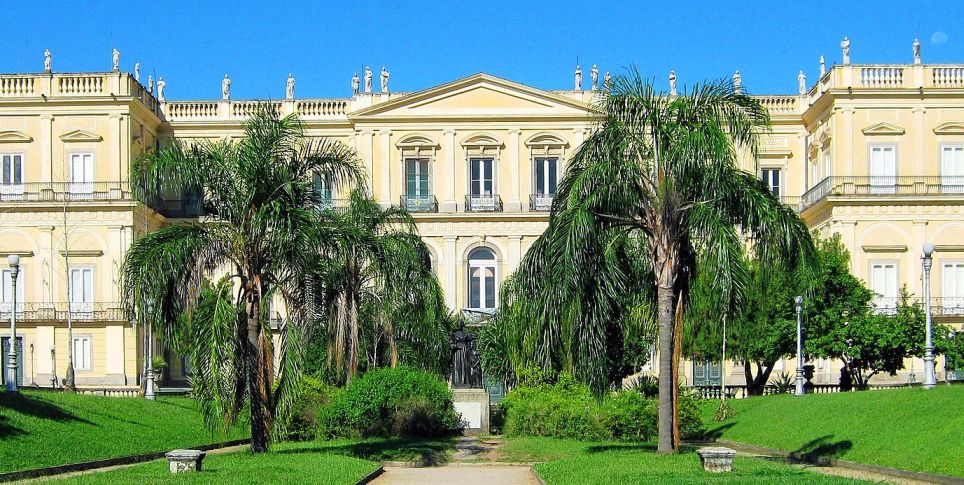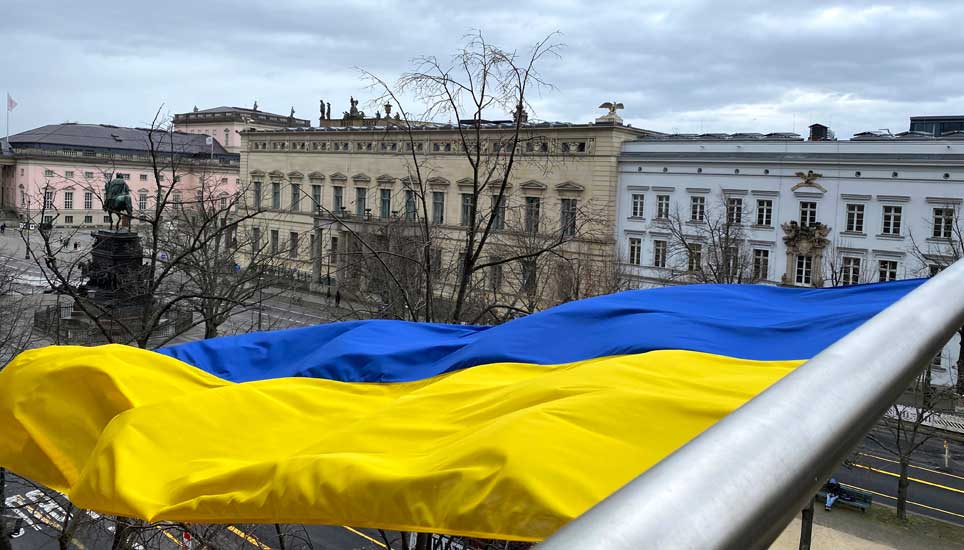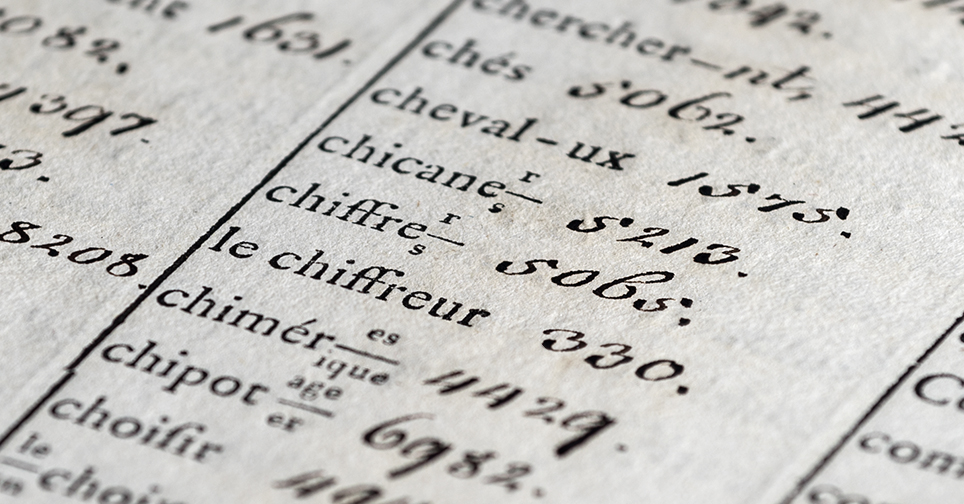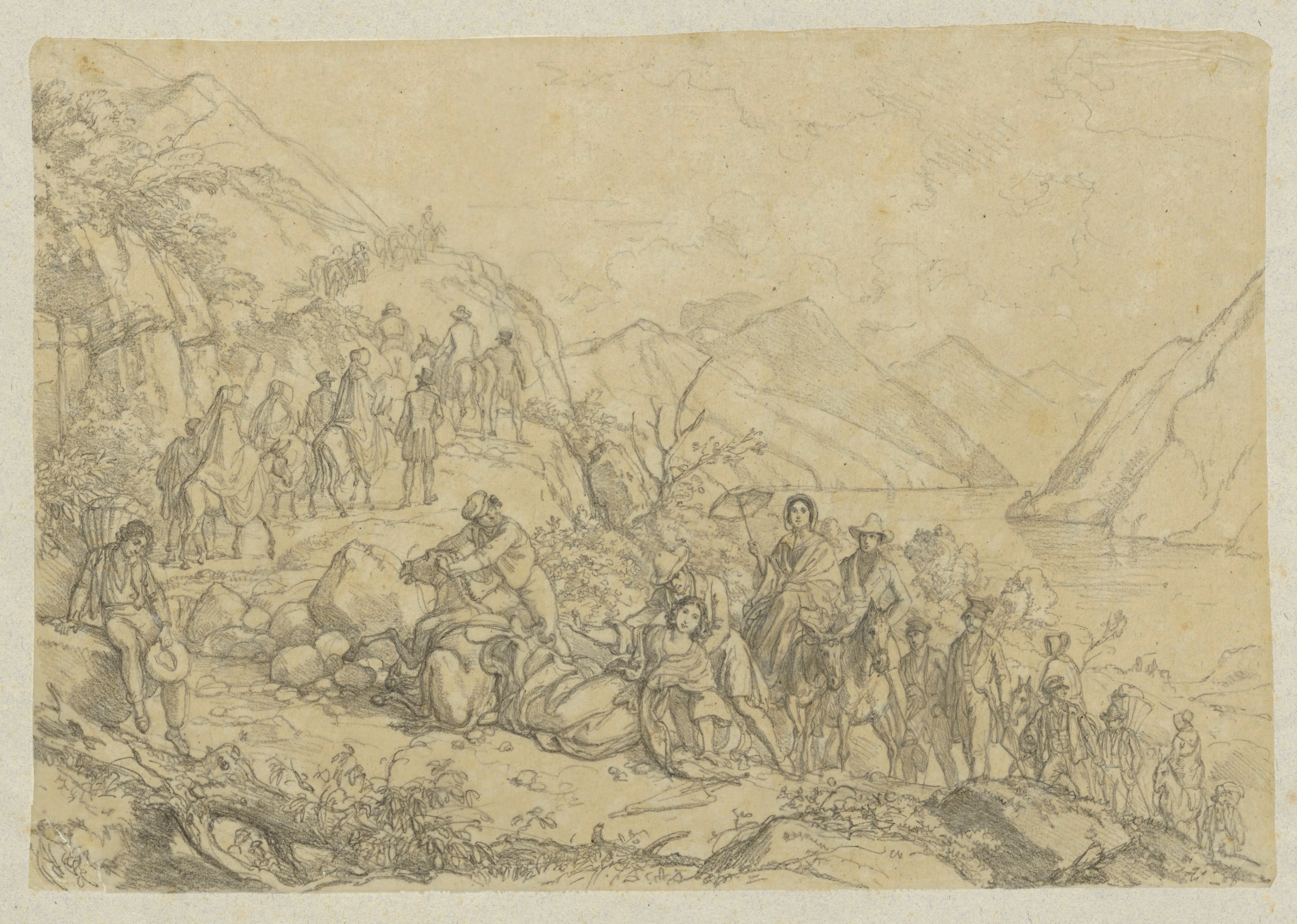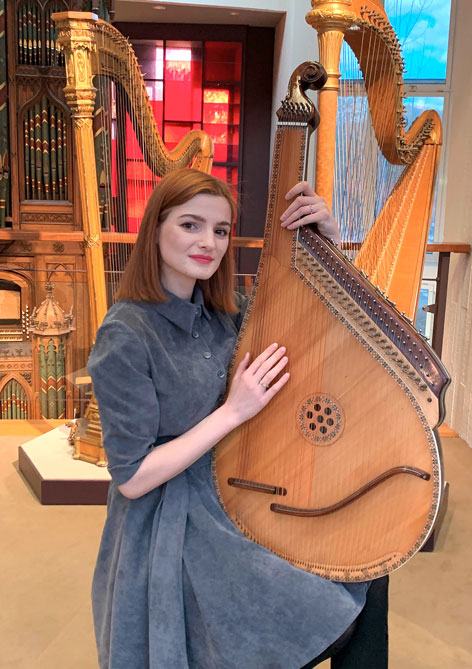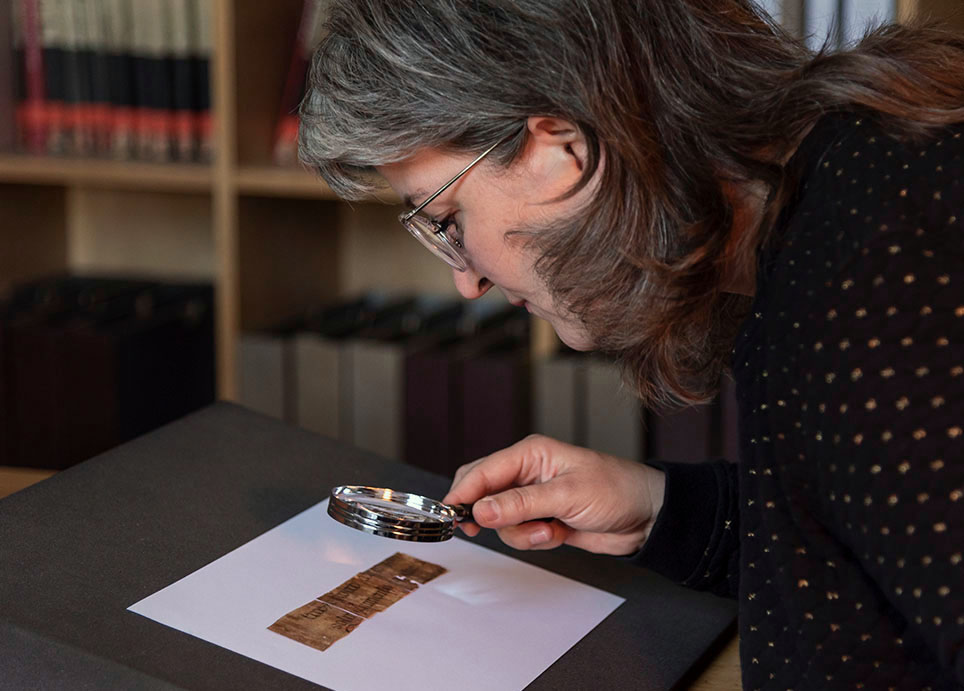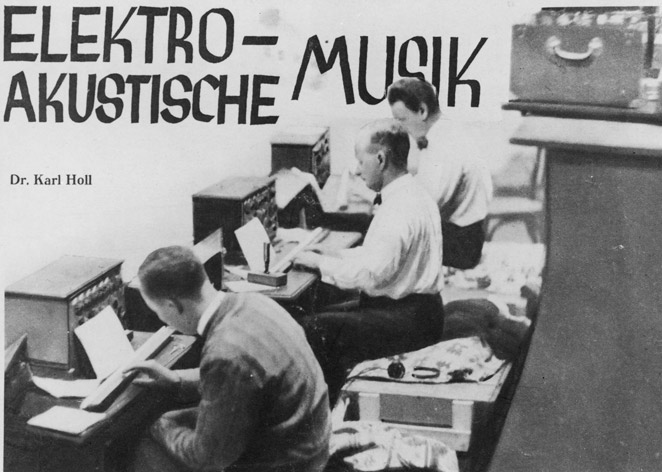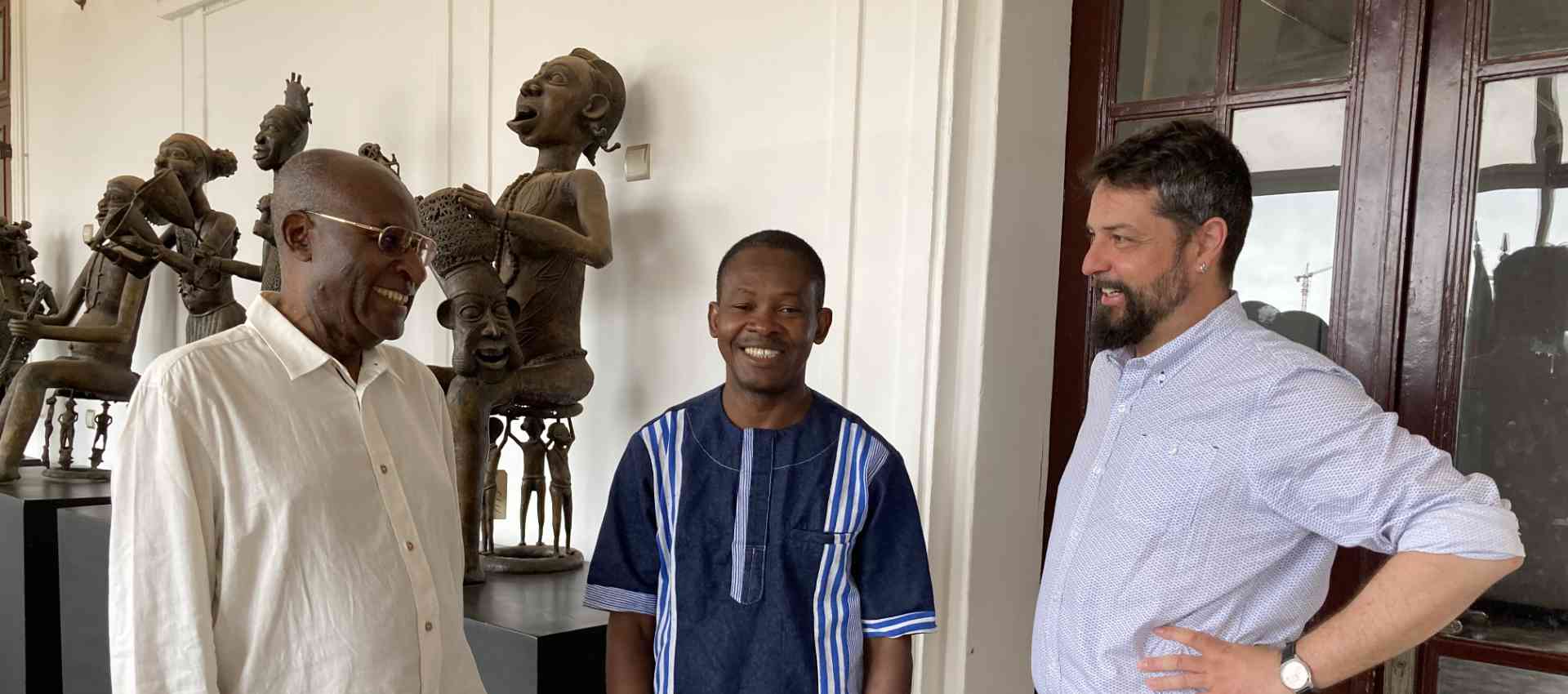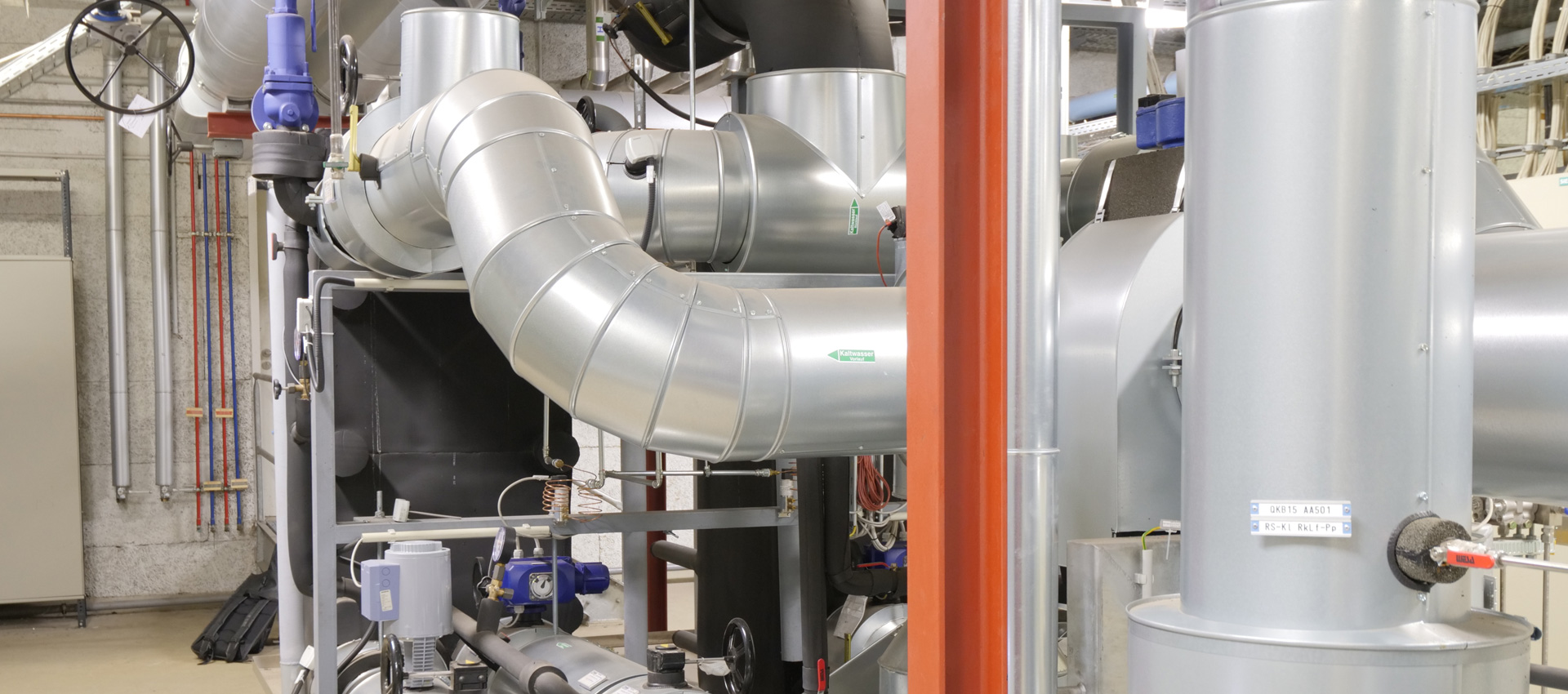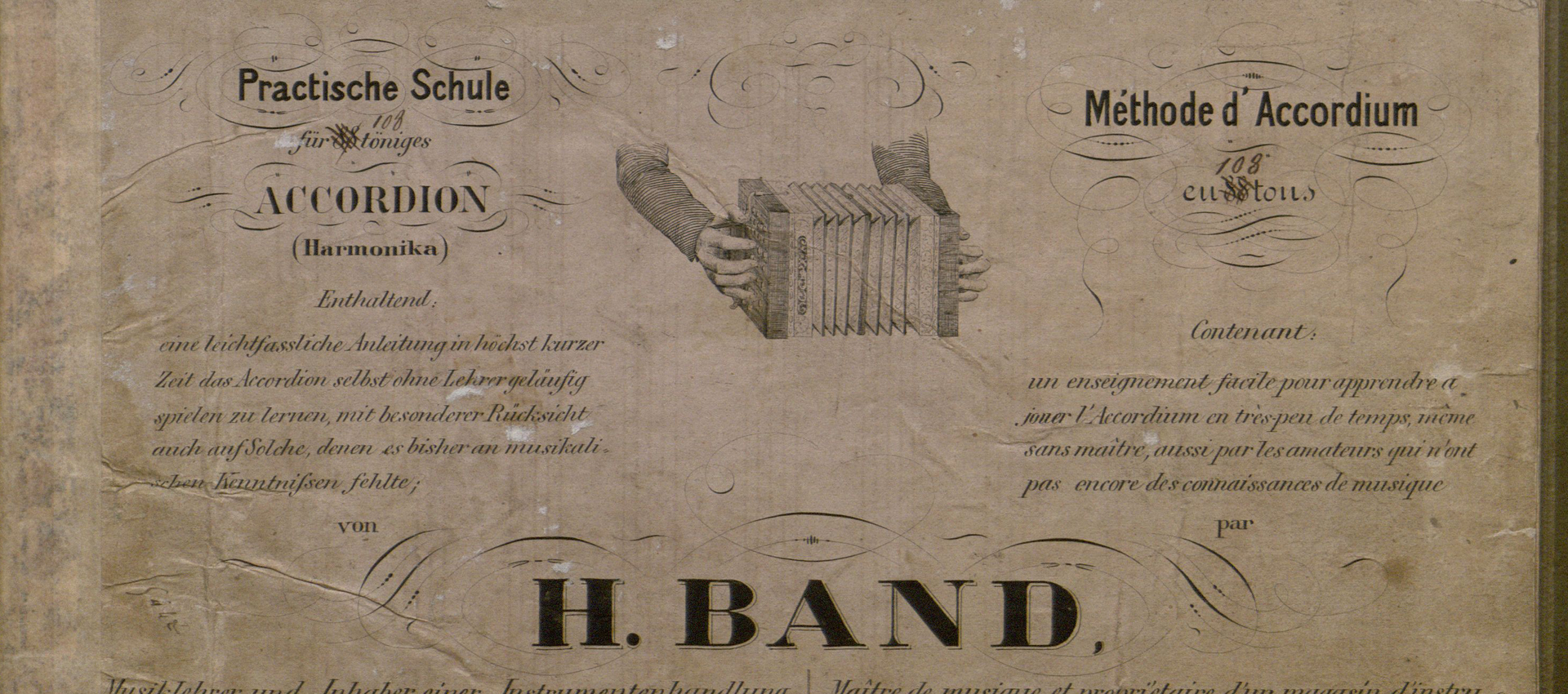What are the advantages of cross-institutional collaboration and what can it teach us about the museums of the future?
In museum4punkt0, we are developing models of digital education and communication programs in museums. But the structure in which this is taking place is also like a model. Our experience shows that working as a group has many advantages that can be valuable for other museums that are implementing their own (digital) projects. In a certain way, convention says that museums must focus on presenting “finished” products: a well-thought-out exhibition set in scene by curators, a well-designed and carefully produced catalogue, a scientific article that has matured over time, or a scrupulously implemented education and mediation project, for example. These are in contrast to the iterative, agile, experimental approach used for developing a digital project or product. In such projects, it is vital to involve target users, colleagues, and other stakeholders in the ideas and associated challenges at an early stage of the process, to constantly reevaluate your own solutions, and to change course as soon as it has become clear that the current course is not leading to the desired goal.
Building skills – across institutional boundaries
In museum4punkt0, we are testing this type of iterative, experimental approach for the development of digital educational and communication programs. When we began collaborating, we soon saw that it was not that easy to change our familiar way of proceeding and let other institutions, external colleagues, and visitors participate in raw, immature, experimental ideas and approaches to solutions. But to museum4punkt0’s credit, the subprojects have already recognized the value of networking and open exchange of ideas within a group. They can benefit from their colleagues’ tests and experience when selecting technology. Based on the subprojects’ approaches and solutions, they can draw on methods of (digital) visitor research tested by other institutions and develop their own strategies for successfully implementing their own projects. We are in an experimental field that is advancing by leaps and bounds, and discussing the solutions that have been developed – as well as the moments of failure and necessary course changes – is of great advantage to everyone involved. These facts have already been established in the awareness of the group’s members.
Everyone who takes digital transformation seriously must also have the courage to integrate changes in work structures, new ways of collaborating, and lots of curiosity about the methods and perspectives of other fields into their own familiar approaches. Of course, this goes hand in hand with other challenges to the habitual structures of cultural institutions.
Heterogeneity as the foundation for productive learning
We understand museum4punkt0 to be an experimental laboratory dedicated to testing digital forms of education, mediation, and communication. At the same time, we are testing new ways of cross-institutional collaboration within the structure of museum4punkt0. Mutual support and exchanging ideas among the group members have special significance.
The museum4punkt0 group meets regularly to discuss current challenges in the subprojects. A significant part of the collaboration takes place in theme-based working groups. They cover interdisciplinary topics as part of the group meeting – including formats for digital education, mediation, and visitor research, participative knowledge generation, the digital infrastructure in museums, legal aspects, and open access. As a group, we also test collaboration in a project management tool in which the working groups communicate via forums or wikis.
Since many of the issues we cover are also highly relevant to people interested in museums, we also established a public format called “museum4punkt0 | impulse.” We bundle all events organized by our subprojects and the steering team there, including public lectures, workshops, interviews, and podium discussions. Experts are invited to some events or we reflect on and discuss our own projects in them.
The institutions and subprojects involved in museum4punkt0 were chosen to represent the spectrum of German museums –in both their organizational structure and number of participating institutions, and the subjects they cover. This diversity should allow as many other museums as possible to identify with the museum4punkt0 group and ensure that the developed prototypes are successful with regard to the group’s higher-level goal: widespread reusability. The coordination of a group project like this one must also overcome the challenge of consolidating the different perspectives that result from combining diverse participants. In museum4punkt0, the central scientific project management role is filled by the Stiftung Preussischer Kulturbesitz (Prussian Cultural Heritage Foundation), to which I belong. We coordinate the entire project, paying special attention to promoting knowledge transfer among the participating institutions. We also play an advisory, supporting role with regard to carrying out subprojects.
museum4punkt0 – Digital Instruments for Education, Mediation, Communication and Research in Museums
Seven cultural institutions from all over Germany are collaborating to develop digital programs for new forms of education, participation, and communication in museums. From concept development to implementation and the publication of their new digital formats, the participating museums are in constant contact. The products of their collaboration are concepts and first prototypes. museum4punkt0 is testing new digital formats that visitors can use to design their own museum visit or bring their own knowledge and experiences into a museum’s exhibits and online programs. museum4punkt0 has been running since 2017 as a three-year project and is being funded by the German Federal Government Commissioner of Culture and Media with a total of €15 million. SPK is in charge of the scientific project management.
The formats we use to promote exchange and collaboration across institutional boundaries are the main focus of group collaboration. They are an indispensable foundation for successfully implementing digital approaches to innovation in museums. We are convinced that including a number of different perspectives and institutional situations in our collaboration will not only influence the results of the subprojects positively, but also create a basis for future collaboration among museums – not only when it comes to developing digital offers. We can see the positive effects already. As far as they are concerned, we also see the potential for applying the forms of collaboration that we tested in museum4punkt0 on a broader scale within the museum landscape. This includes sharing our experiences, pooling our know-how, and creating open access to knowledge. Open exchange formats could accomplish a lot in museums – advancing digital innovation is only one application. We think it is definitely worth a try!
This article first appeared in the project blog on museum4punkt0

